Do you know the dynamic equilibrium?
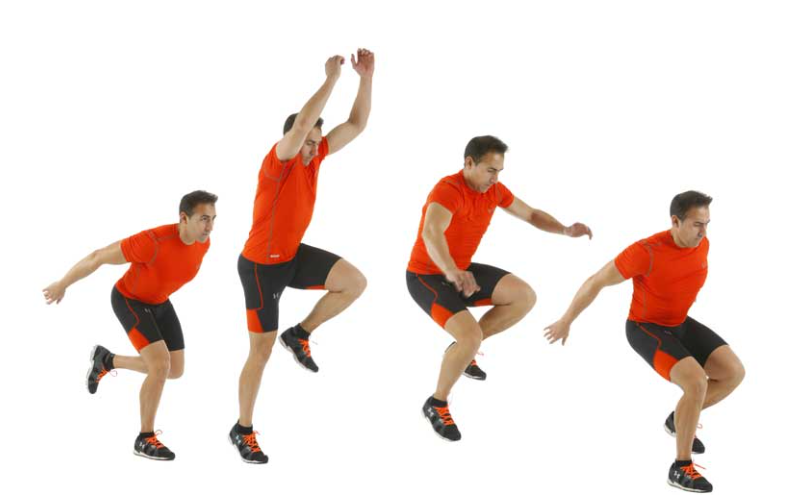
When children begin to walk, they must have control over their bodies, control that develops according to the characteristics of the environment in which they live and also in relation to the natural environment in which they are born. It is important that the child can get the most out of this, since both cognitive and motor learning are built from experiences.
When the child begins the motor construction stage, we speak of motor development, it must be taken into account that the child’s motor skills are built through maturation and the social environment in which they grow up. In the earliest ages, the development of the body schema is very important so that the child can have a good management of situations in which he requires interaction with others.
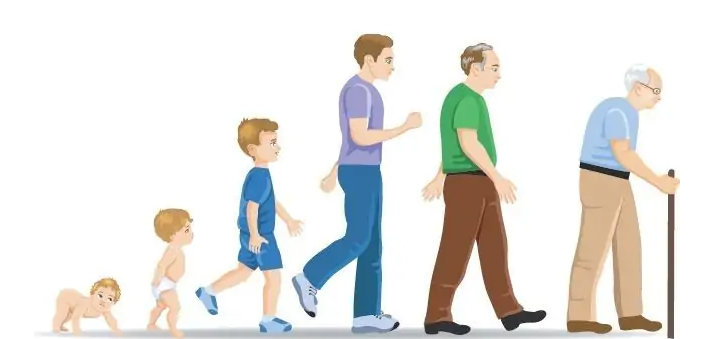
Motor development is the change in motor behaviors that are added while the person changes stage in his life and adapts to the environment in which he had to live and develop, it is an improvement of motor behaviors that already come with the human being, behaviors that are developed according to the exploration of the child’s experience in their earliest ages and the levels of maturation that are different in each subject.
During the course of life people experience changes, which suggests looking for ways to study these, and therefore motor development is an excellent way of talking about the metamorphosis that human beings experience when acquiring motor skills.
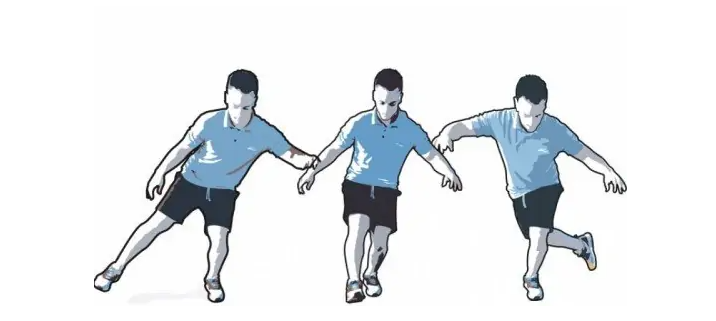
So the dynamic balance is the ability to maintain the correct position in each situation that requires the activity that we are doing. When crawling, walking, running and jumping the child and the human being in general need dynamic balance, having a good dynamic balance the child can move without colliding or hitting others, just like static balance, dynamic balance helps to maintain a good interaction with others.
Let’s see the following experiment together, let’s do it in order to put into practice the concept of dynamic equilibrium and its importance.

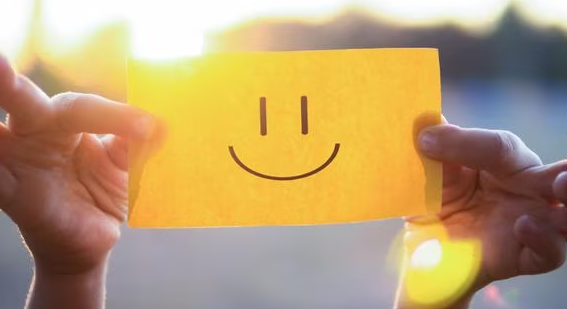
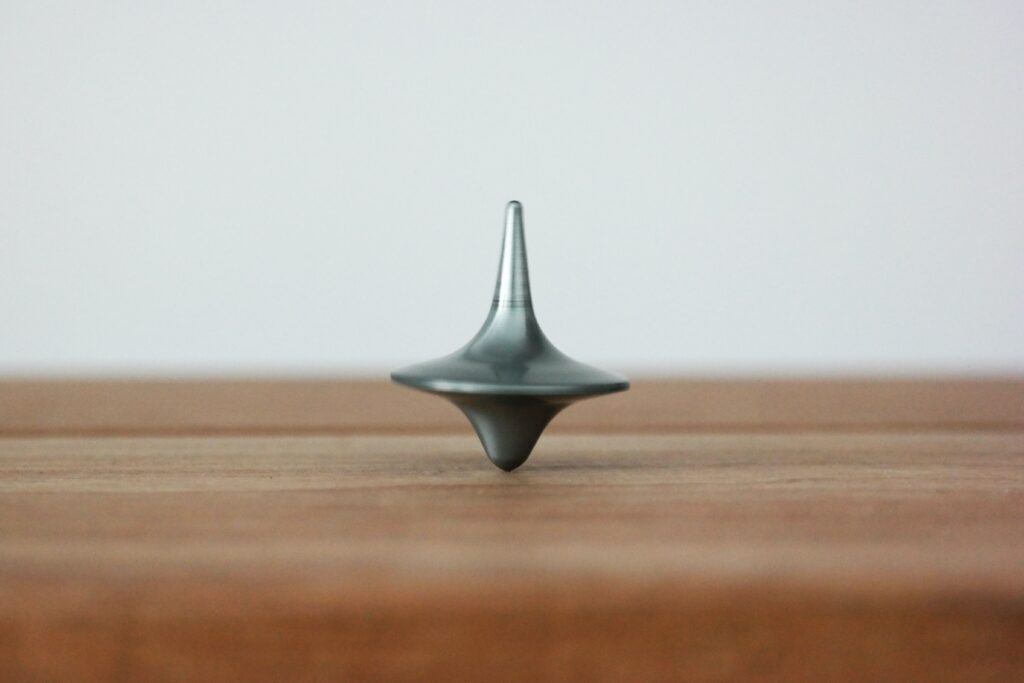
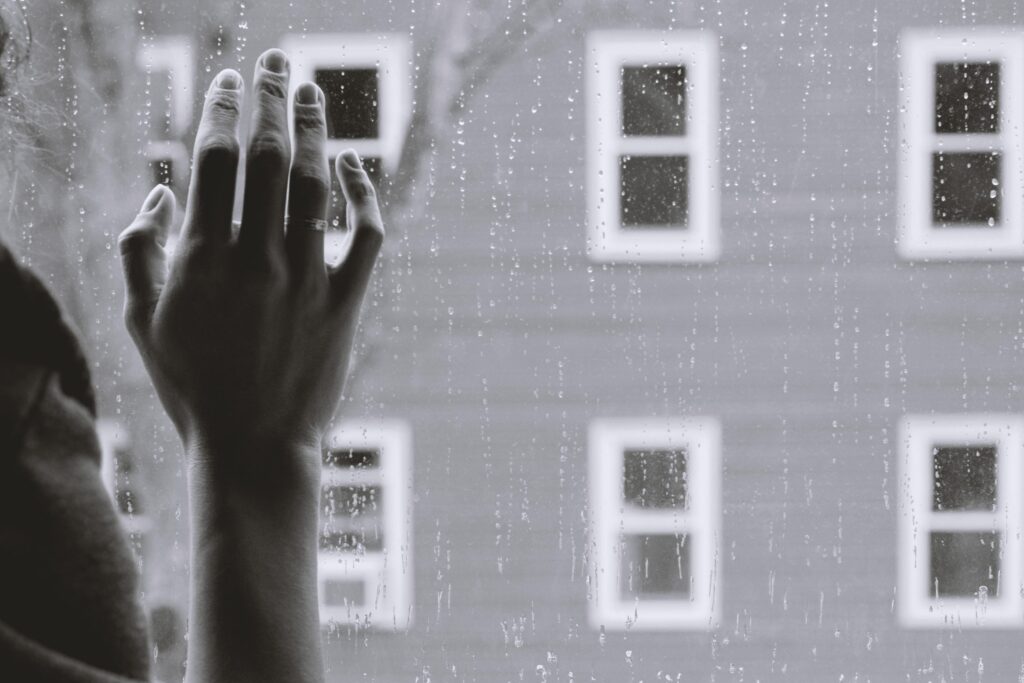

Responses